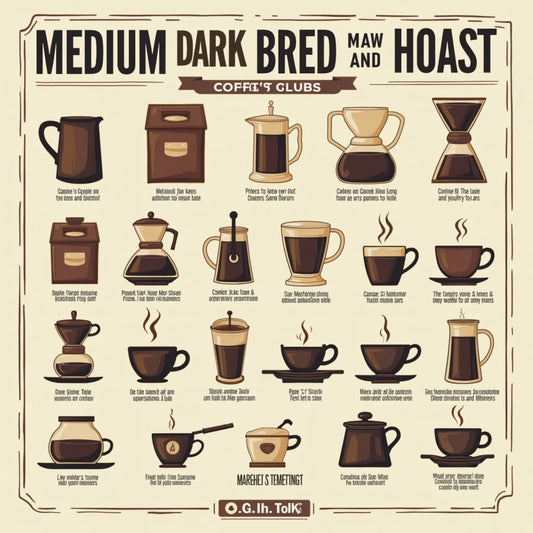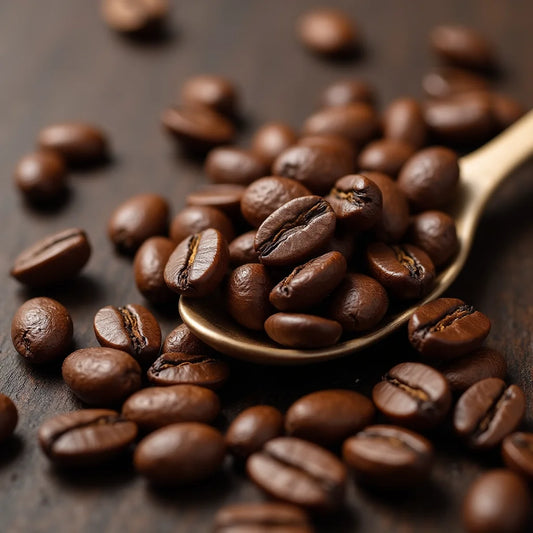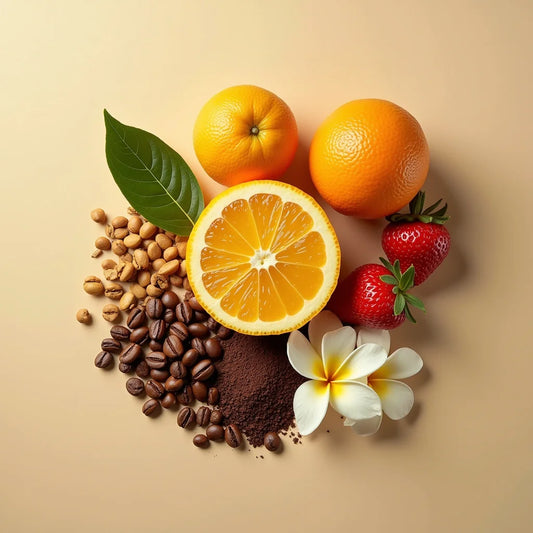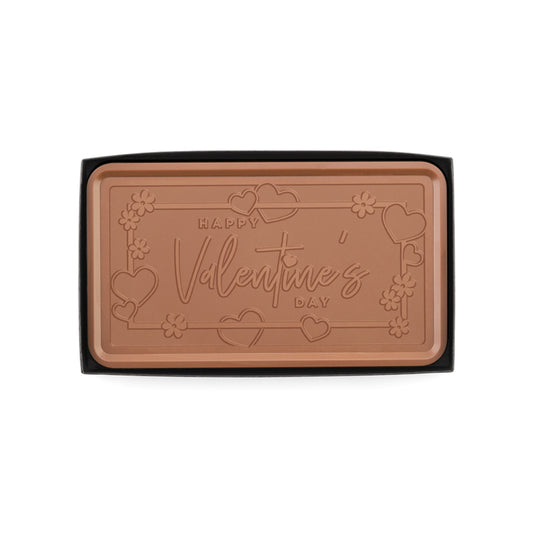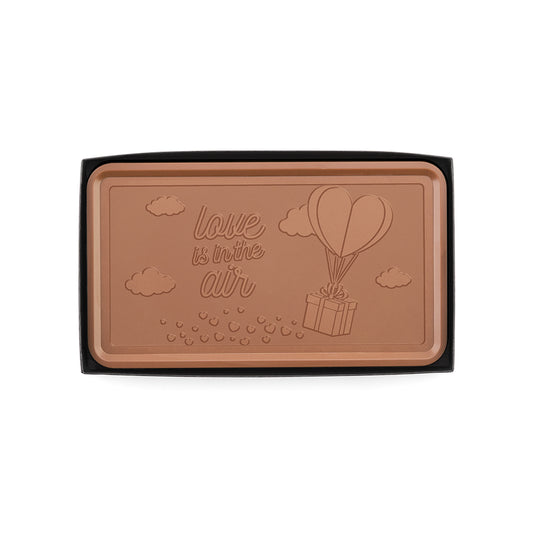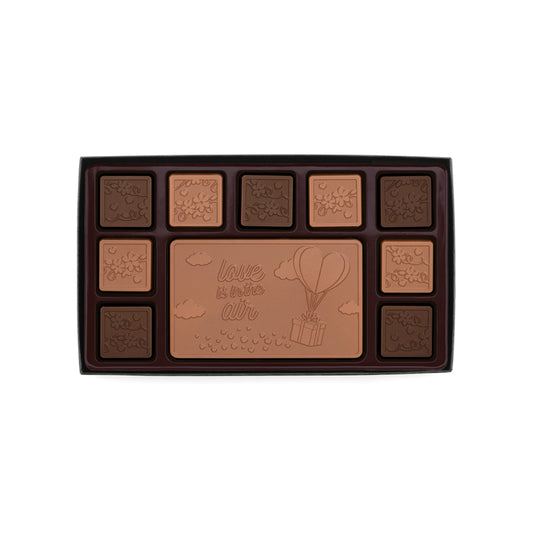
Master Coffee Tasting Notes with a Simple Flavor Guide
Updated on: 2025-10-22
Table of Contents for Coffee Tasting Notes
- Introduction to Coffee Tasting Notes for Better Buying
- Product Spotlight: Sample Packs That Teach Coffee Tasting Notes
- Step-by-Step: How to Read Coffee Tasting Notes Like a Pro
- Personal Experience: Cracking Coffee Tasting Notes at Home
- Summary and Recommendations on Coffee Tasting Notes
- Q&A: Coffee Tasting Notes Explained
- About the Author: Coffee Tasting Notes Enthusiast
Introduction to Coffee Tasting Notes for Better Buying
Coffee tasting notes are short flavor descriptions that help you predict what a coffee will taste like before you brew it. If you have ever wondered “What do coffee tasting notes mean?” or how coffee flavor notes translate into your cup, you are in the right place. We will explain where tasting notes come from, how they relate to coffee cupping notes used by professionals, and how to interpret them on packaging so you can choose beans you will truly enjoy. This guide is practical and product-focused, so you can immediately apply it with curated sample packs designed for learning.
Product Spotlight: Sample Packs That Teach Coffee Tasting Notes
Training your palate is easiest when you taste coffees side-by-side. A well-curated sampler does the heavy lifting by grouping distinct profiles so differences jump out with every sip. The Single-Origin Sample Pack gives you classic regional contrasts—bright and citrusy versus chocolatey and deep—so you can feel how origin, variety, and processing shape flavor.
Want to broaden your exploration from single-origin to flavored profiles without guesswork? The Flavored Coffees Sample Pack offers a guided detour, helping you separate natural coffee flavor from added flavoring. Both packs make tasting notes tangible because you can compare multiple cups in one session.
Why Sample Packs Accelerate Learning
- Clear contrasts: It is easier to identify lemon zest in one cup when the next cup is syrupy and cocoa-rich.
- Built-in structure: You get a mini curriculum—different origins, roasts, and processes to map onto coffee tasting notes.
- Faster confidence: You start to see patterns, like how washed coffees often present crisp acidity and defined fruit, while naturals lean toward jammy fruit and heavier body.
Use Cases: Pair, Compare, and Decide
- Learning session: Brew two coffees at a time and write three words for aroma, acidity, and aftertaste. Repeat weekly.
- Gift discovery: Help a friend discover their preference (bright vs. bold) in one tasting afternoon.
- Menu planning: Pair a bright, floral cup with citrus desserts and a chocolate-forward cup with nutty pastries.
What Customers Notice First
Most shoppers report three quick wins when they practice this way: they notice aroma more vividly, they grasp how roast level shapes sweetness, and they confidently use language from the label to describe what they taste. If you want a region-specific deep dive, try a classic African profile like Kenya, famous for vibrant acidity and notes that can range from blackcurrant to grapefruit. Browsing the full range can inspire your next side-by-side session—see the curated Coffee Collection.
Step-by-Step: How to Read Coffee Tasting Notes Like a Pro
Professionals record coffee cupping notes using a structured protocol. You can adapt a simple version at home to decode labels and calibrate your palate.
Step 1: Set Up Your Simple Tasting
Use two coffees at once, two identical mugs, a kettle, a spoon, a scale if you have one, and water just off boil. Keep distractions low—neutral space, no strong room scents. Consistency is key to hearing what each coffee is “saying.”
Step 2: Read the Label Beyond Buzzwords
On each bag, circle origin, process, and roast level. Connect these to likely profiles. For example, washed East African coffees often show citrus and floral; natural processed beans might suggest berry and fuller body. This is how to interpret coffee tasting notes on packaging: use the facts to set expectations, then taste to confirm.
Step 3: Brew Consistently for Honest Results
Keep the ratio similar (for example, 1:16 coffee to water) and brew time steady. Do not worry about perfect gear—consistency matters more than equipment. When brew variables are stable, flavor differences reflect the coffee, not the method.
Step 4: Smell First, Then Sip
Start with dry aroma from the ground coffee, then wet aroma after pouring water. Note three words. Next, sip and think in broad categories: fruit, floral, sugar-browning (caramel, toffee), nut, spice, chocolate. You are building your personal catalog of coffee flavor notes, not chasing exact matches.
Step 5: Use the Coffee Flavor Wheel to Name Flavors
The coffee flavor wheel helps you move from general to specific. For example, “fruit” narrows to “berry,” which narrows to “blueberry.” You do not need a printed wheel nearby; just use category-to-detail thinking. This structure mirrors how cuppers generate coffee cupping notes.
Step 6: Compare Two Coffees Side-by-Side
Alternate sips. Which is brighter? Which is sweeter? Which has a longer finish? Write a sentence you would put on a label, like “Lemon, florals, honey finish.” Over time you will see patterns and your own preferences emerge—this is how coffee tasting notes become a practical buying tool.
Personal Experience: Cracking Coffee Tasting Notes at Home
When I first started reading coffee tasting notes, I saw words like “bergamot” and “stone fruit” and assumed I lacked the palate to notice them. The breakthrough came when I brewed two coffees at the same time and stopped trying to find an exact fruit. I compared experiences instead. One cup felt zippy and floral; the other tasted like cocoa and nuts. I wrote “citrus, jasmine, honey” for the first, and “cocoa, almond, smooth” for the second. That small shift—broad to specific—made labels useful overnight. The more I practiced, the more the notes aligned with what I tasted. Side-by-side sessions made the biggest difference.
Summary and Recommendations on Coffee Tasting Notes
Coffee tasting notes are practical shopping tools when you know how to read them. They summarize aroma, flavor, body, and finish in a few words. Pros derive them from structured coffee cupping notes, but you can adapt a lighter method at home. Start broad, use the coffee flavor wheel logic, and compare two coffees in each session. Prefer bright, tea-like cups? Look for washed African coffees with citrus and floral notes. Love dessert-like richness? Aim for chocolate, caramel, or nut descriptors from Latin American or Indonesia profiles.
- Begin with variety: Use the Single-Origin Sample Pack to map your preferences.
- Practice weekly: Two cups, one page of notes, and a five-minute review.
- Use labels wisely: Treat notes as guides, not promises. Confirm with your taste.
- Explore styles: Contrast natural vs. washed or try the Flavored Coffees Sample Pack for a playful palate check.
When you are ready to go deeper, browse the broader Coffee Collection and keep a list of your favorite descriptors. Over a few sessions, you will build a flavor map that makes buying faster and more rewarding.
Q&A: Coffee Tasting Notes Explained
What do coffee tasting notes mean?
They are short, sensory descriptions that signal the dominant flavors, aromas, and textures a coffee tends to show when brewed well. Think of them as a navigation guide. If a label reads “lemon, jasmine, honey,” expect higher brightness, floral aroma, and gentle sweetness. Tasting notes do not mean flavor is added; they are natural expressions of origin, variety, altitude, processing, and roast.
How are coffee tasting notes determined?
Roasters and tasters use a process inspired by coffee cupping, where they compare coffees under consistent conditions and record descriptors. Using the logic of the coffee flavor wheel, they move from broad categories (fruit, floral, chocolate) into more specific terms (berry, jasmine, cocoa). Multiple tasters often calibrate together so notes reflect a consensus rather than one person’s impression.
How to interpret coffee tasting notes on packaging?
Use notes as a high-level preview. If you see fruit-forward words (citrus, berry), expect a brighter cup and lighter body. Chocolate and nut descriptors usually suggest a rounder, sweeter profile. Also check roast level, process, and origin for context. This combination helps you choose beans that match your preference before you brew.
What coffee tasting notes for Ethiopian coffee should I expect?
Ethiopian coffees often feature floral and fruit-driven profiles. Washed lots can show lemon, bergamot, and jasmine with tea-like body. Natural processed lots may lean toward blueberry, strawberry, or tropical fruit with fuller body and a jammy sweetness. If you enjoy delicate aromatics, Ethiopian profiles are a great place to refine your sense of coffee flavor notes.
About the Author: Coffee Tasting Notes Enthusiast
T10 T10
T10 T10 helps coffee lovers decode labels and choose beans that match their taste. With a focus on practical, at-home methods, T10 T10 translates coffee cupping notes into simple steps anyone can use. Thanks for reading—happy tasting and enjoy your next cup with confidence.


